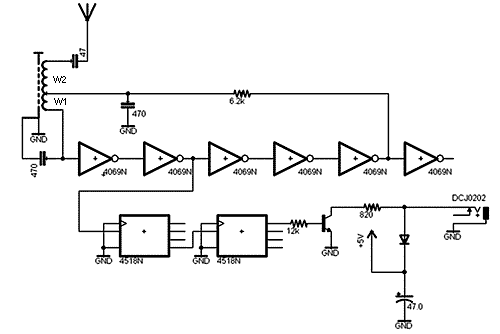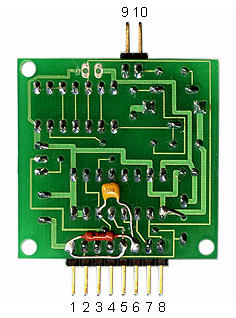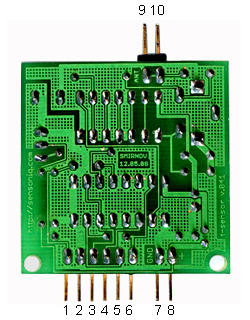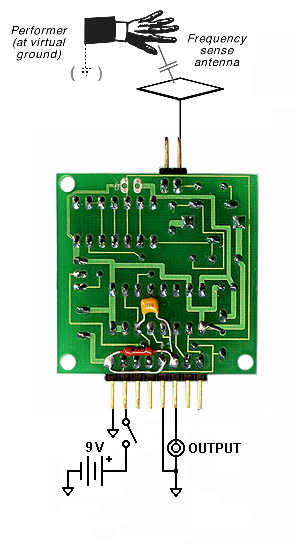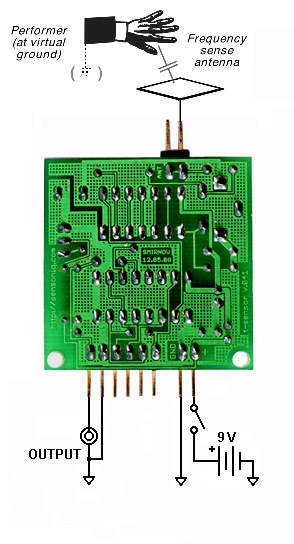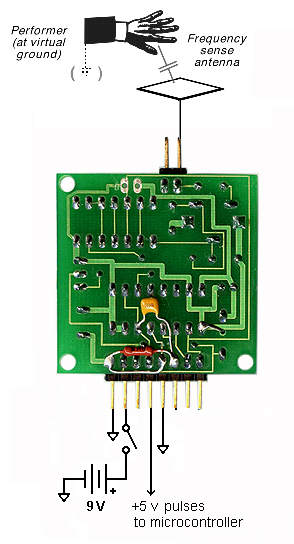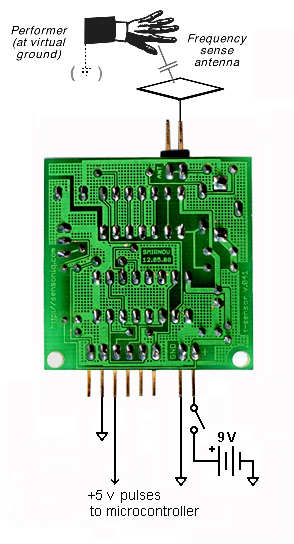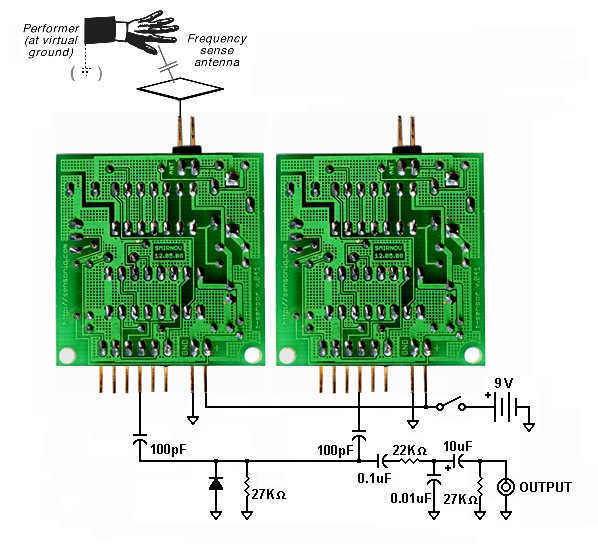contact
MOMus
Museum of Modern Art
Costakis Collection
21 st Kolokotroni Str.
Moni Lazariston
56430, Stavroupoli
Greece
How to work with Sensor-kits The Sensor Kit contains basic universal D-sensor circuitry oriented on both USB and Analog systems. Any conductive media could be connected to d-sensor as an antenna.
|
T-Sensor version 0.2 pinout:
|
|
|
|
|
|
|
Learn More: Extra Links: |
